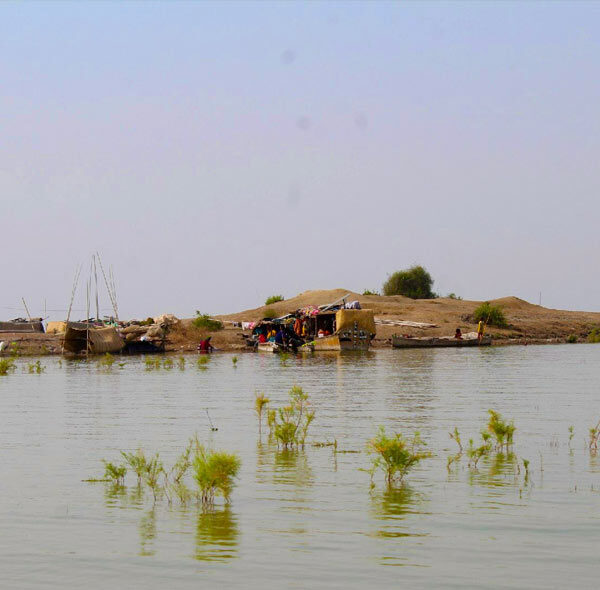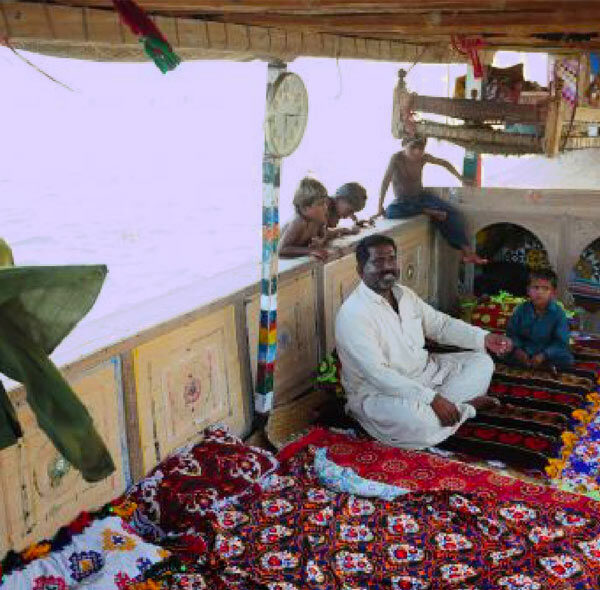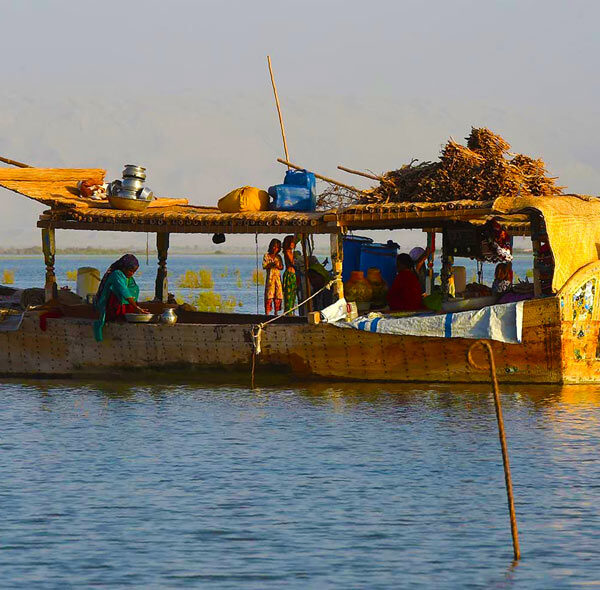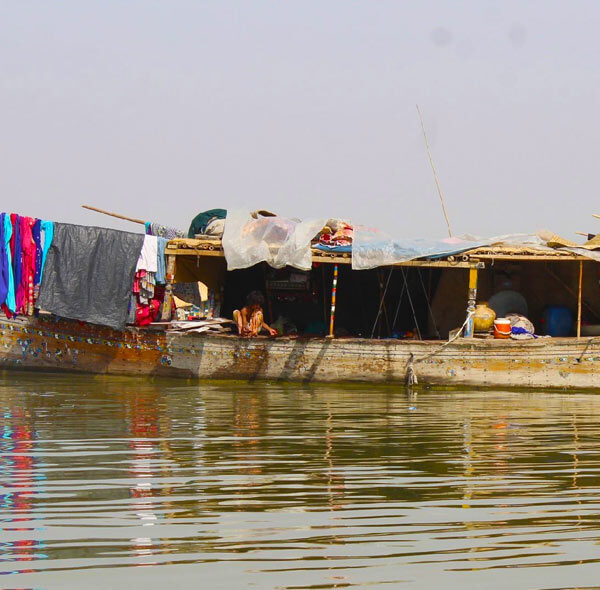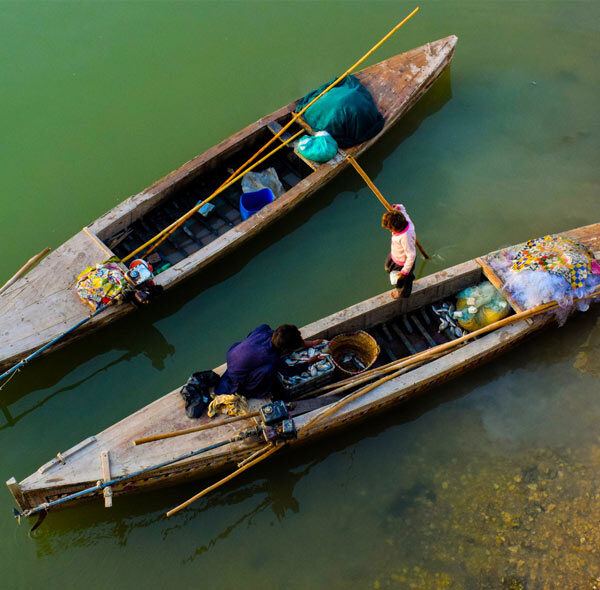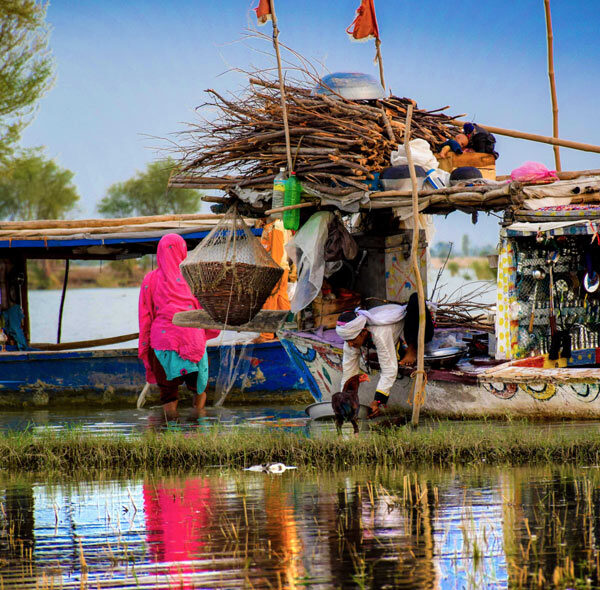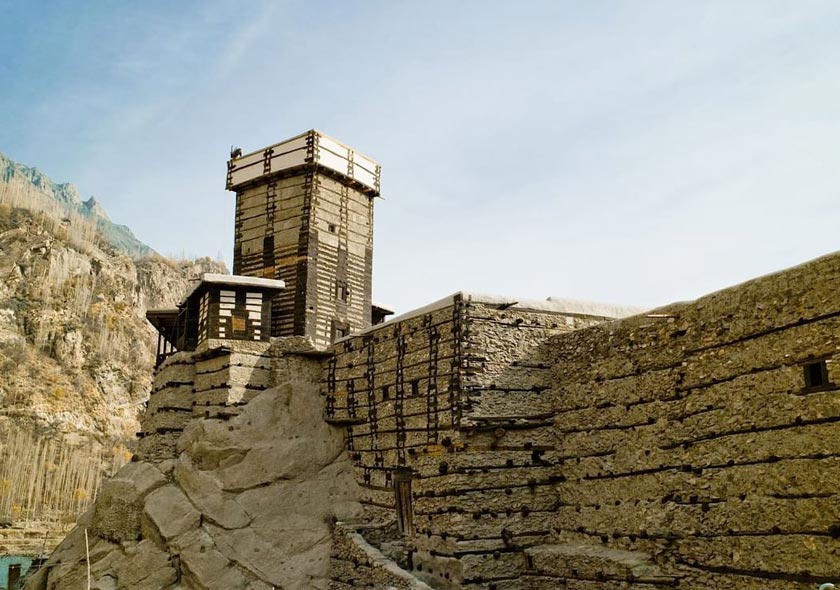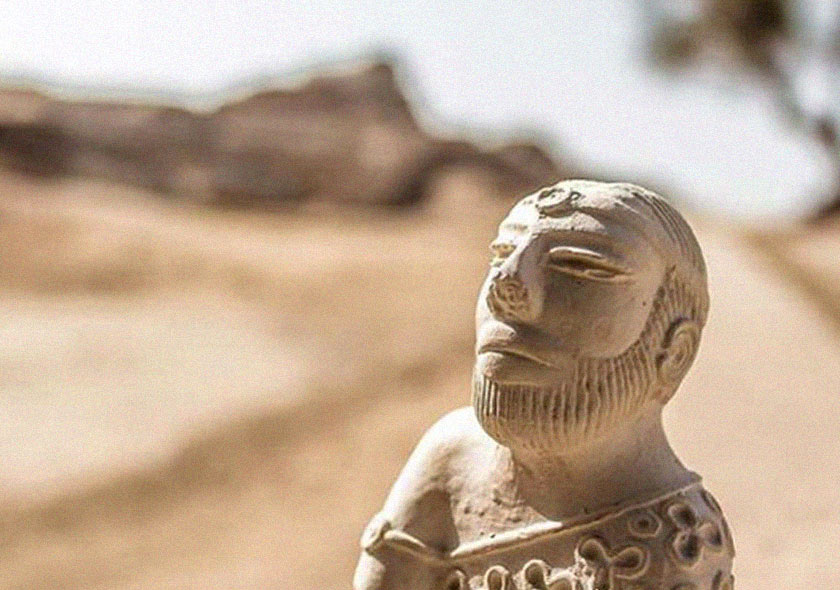Mallah people of Manchar Lake
Duration Days
Overview
Manchar is the largest shallow freshwater Lake in Pakistan. It is situated at a distance of 18 km from Sehwan Sharif on the west side of the River Indus, in the district Jamshoro. The area of the lake rises and falls with the change of seasons from little as 350 km to as much as 520 km. The lake accumulates water from numerous brooks in the Kirthar Mountains and empties them into the Indus River. Manchar is a synthetic Lake, created in 1930 when the Sukkur barrage was constructed on River Indus. The Mallah people are a traditional boatmen caste.
Here is the tale of the final stage before the probable demise of people whose history goes back five thousand years, the tale of their traditions and recollections from the past. The Mallah, also known as the bird people or lords of the sea, are descendants of the first inhabitants of the Indus valley; the remains of the original settlement can be seen at the archeological site of Mohenjo-Daro which once stood on the banks of the Indus. Here in the Sindh region of southern Pakistan, a tiny Mallah community still lives in the one remaining floating village on Lake Manchar. This is a paradise on earth where humans and nature have been living in harmony for thousands of years.
In Pakistan, this is an extraordinary community and their traditional lifestyle is unlike anywhere else in the world. It is difficult to gain access to these people facing extinction, and special logistical arrangements are needed to reach the remote area. In Sindh, on Lake Manchchar, the encounter with the nomads living in the last floating village will have a profound impact on you.
The catch that Mohana fishermen bring in to sell at markets in the region is now only a fraction of what it once was. Dozens of fish species have disappeared, meaning that there are fewer migratory and other birds that follow the Mallah fishing boats. The loss of biodiversity has jeopardized the natural ecological balance.
Men, women, and children who don’t live on the water in houseboats, and have settled as sedentary communities on the shore, forming villages of shelters made of mud and reeds.


